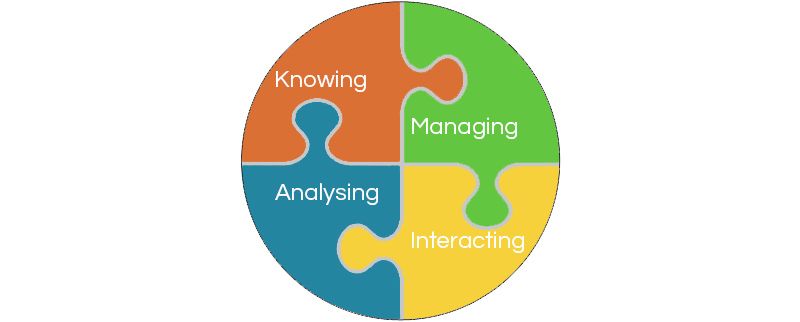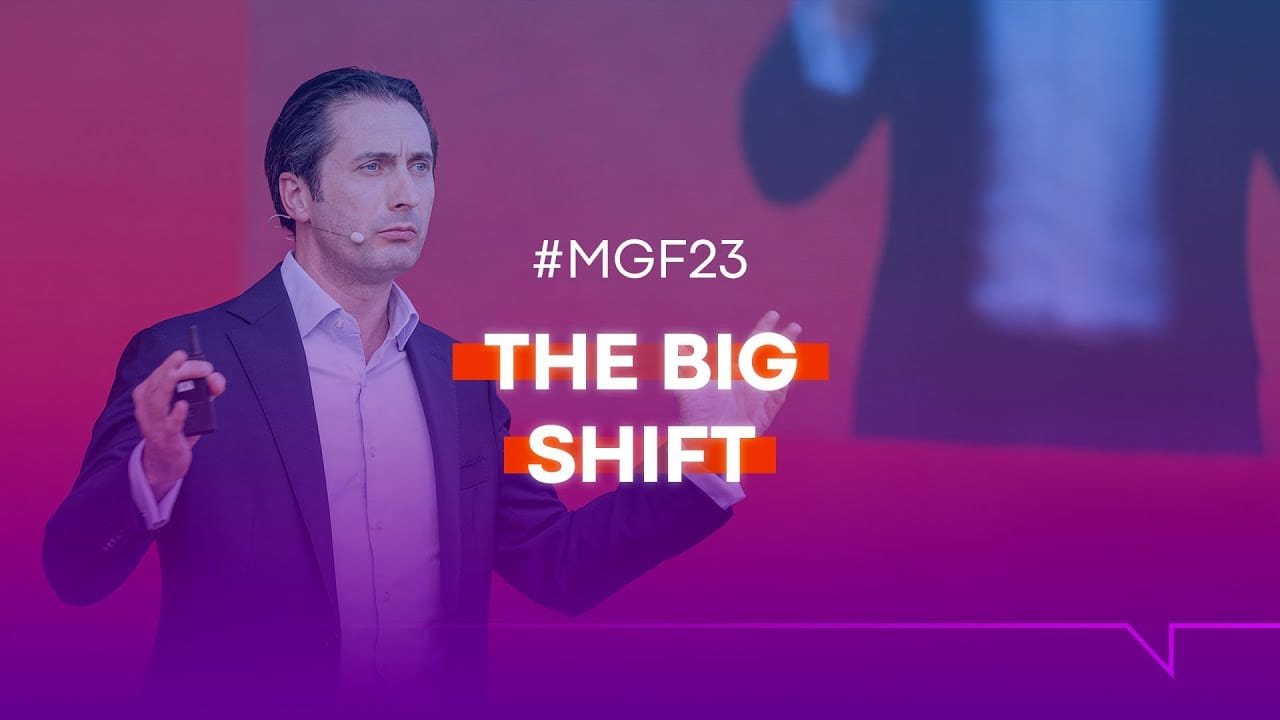How Big Data Turns CRM into Something Truly Valuable

Customer Relationship Management involves a company’s interaction with current and future customers. It is a combination of all customer touchpoints. It is a prerequisite to provide better customer service. CRM has always involved data, but most of it used to be structured data such as contact information, latest contacts, products bought etc. With the Big Data techniques, it is also possible to process, store and analyse massive amounts of unstructured data not supplied by the customer and use this to gain additional insights. Using Big Data technologies, Customer Relationship Management can finally become a true revenue driver.
In the past, most of the times a CRM system failed to meet expectations because, in fact, CRM was only about managing the customer relationship. Big Data CRM goes further and is all about servicing the customer. However, there were more reasons why CRM implementation failed:
- Having a CRM system in place is only part of the deal. Your employees should also actively use and update the system, with high-quality data. So, a cultural change is needed and perhaps incentives to start using the system;
- No clear (technical) objectives result in a poor system and incorrect collection and storing of data;
- A lack of executive sponsorship to support the CRM project. Too often a CRM project is lead by an IT department.
Big Data and CRM
So, can the addition of Big Data prevent these failures? That depends of course of a few necessary steps that need to be taken when implementing a Big Data CRM. Let’s first look at what servicing the customer from a Big Data viewpoint actually means. Servicing the customer will give better results, but it requires a lot more than just managing the relationship:

- Managing the customer with structured data such as an address, contact information and latest contact moments is only one part. Managing the customer is primarily an inside-out approach where the company ‘manages’ the customer by sending messages and storing basic information about the customer. In order to do that it uses predefined channels at set business hours. This company-defined process lacks flexibility. Nonetheless, it is important to have as it is the basis for understanding your customer.
- Interacting with the customer with unstructured data such as emails, tweets, Facebook posts, comments etc. Interacting is customer-driven or outside-in. There is a two-way communication process and the customer decides when to have contact with the organisation and he/she expects to be responded to fast, also outside business hours. Everyone in the company should be involved and it involves customer-driven channels such as social networks or communities.
- Analyzing the customers’ actions with structured data such as online visits, click-throughs, bounce rates etc. is a company driven process, primarily done by analysts. These analysts generally perform an action when asked for insight or deliver standardized reports to marketers on a regular basis. With Big Data techniques involved, the role of the analyst will significantly change as he/she will be required to more proactively deliver results on a more regular, preferably real-time, basis.
- Knowing the customer is where it really gets interesting. Big data engineers a mixed data approach to perform analyses that allow the organisation to understand each customer individually on a real-time basis. They can provide predictive recommendations in order to develop/deliver the right product, for the right price, at the right price and through the right channel. The result will be an increased conversion rate.
Taking CRM to a Higher Level
Combined together, these four aspects truly bring value to an organisation and take traditional Customer Relationship Management to a higher level. Companies can use a variety of Big Data technologies to process all the massive data streams that will flow into your organisation due to these aspects. With the right algorithms, it is possible to perform several analyses to deliver a better service to the customers. These include among others:
Pattern analysis
To discover new patterns within a dataset or a combination of datasets. To achieve the best result, a mixed data approach should be pursued. This entails combining internal and external and structured and unstructured data sources to find patterns.
Sentiment analysis
To discover what customers are saying about your products/service. This can help you to address issues before they spread too big and can help to improve your service.
Marketing analysis
In order to analyse customer interactions with your organisation but also among each other to optimize marketing decisions and messages.
Recommendation analysis
To give the best recommendation to your customers that will increase the conversion rate. The better the recommendation fits with the needs of the customer, the higher the conversion rate;
Influence analysis
To find out whom of your customers has the most influence on all your other customers. Knowing your influences will give organisations a big advantage and will help you better service your customers.
Importance of Executive Sponsorship
Collecting, processing and storing the right data are one part of the deal to have a truly valuable Customer Relationship Management. Analysing with the right tools to achieve valuable insights is another part. But to really have a CRM that raises customer satisfaction it is also very important that the organisation lives by Big Data CRM. In order to achieve that, an organisation needs to become an information-centric organisation and that requires a culture shift.
In order to turn around an organisation and make an entire organisation aware that collecting data and analysing it can bring extra revenue, executive sponsorship is of vital importance. It should be prevented that Big Data is lead by the IT department as IT is merely a means to achieve results. Therefore, the Chief Marketing Officer or the CEO should fully support the implementation of Big Data CRM. With support in place, a pilot project can be started. This can show the organisation the impact of a data-centric approach. When you share positive results and the organisation continuously learns, a shift in culture will slowly happen.
Final Thoughts
Nowadays, it is not acceptable to not know your customer. Customers that contact organisations through whatever channel want to be recognized and serviced appropriately. Using big data technologies to collect, store and analyse the necessary data will truly make your Customer Relationship Management valuable and give your organisation a competitive advantage.
Image: PeterPhoto123/Shutterstock





